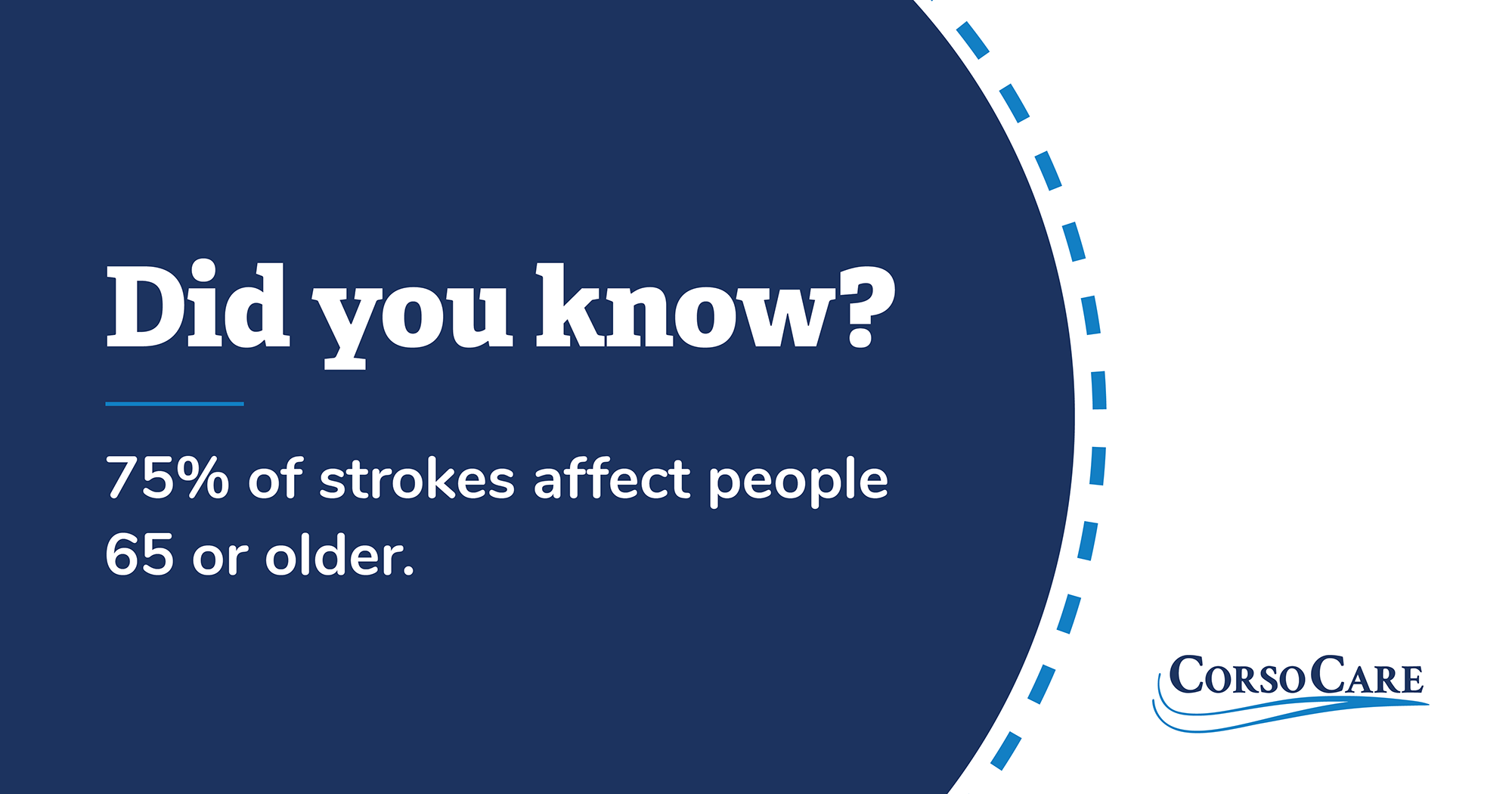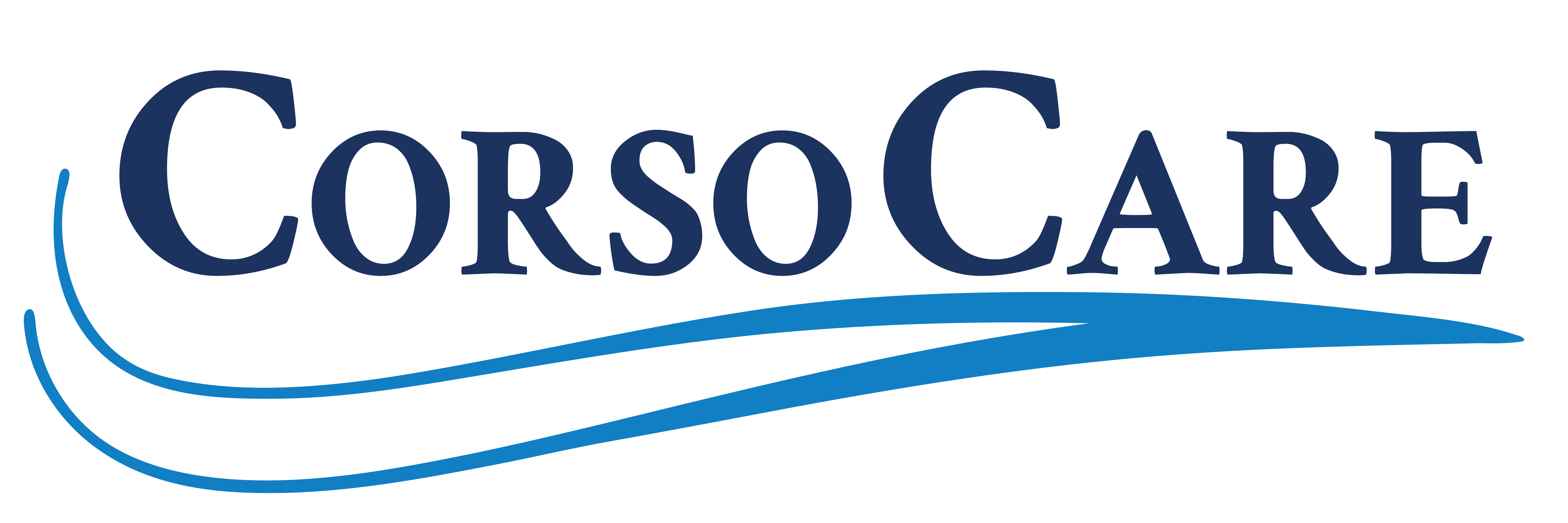
What Is a Stroke?
The brain controls everything we do — from our most complex thoughts to basic functions like walking and talking. And a healthy brain depends on healthy blood flow — blood carries oxygen and nutrients to the brain’s 86 billion cells. When that blood flow is interrupted and can’t reach a part of the brain, it’s called a stroke. A stroke is also known as a “brain attack,” and for a good reason — the damage can be catastrophic.
Types Of Strokes
There are many types of strokes, but the most common are ischemic and hemorrhagic, which are caused by clotting and bleeding, respectively.
- Ischemic Strokes (clots) – Occurs when a blood vessel supplying blood to the brain is blocked. It is the most common type, accounting for 87% of strokes.
- Hemorrhagic Strokes (bleeds) – Occurs when a ruptured blood vessel causes bleeding in the brain and stops oxygen and nutrients from reaching brain cells.
A Stroke’s Impact
Brain cells can survive without oxygen for a short time, but not very long. Once these cells die, they cannot be resuscitated, and the functions controlled by that part of the brain are lost permanently. This is why a stroke’s impact depends on what part of the brain is affected.
A stroke can impair many abilities, including:
- Movement and sensation
- Speech and language
- Eating and swallowing
- Vision
- Cognitive (thinking, reasoning, judgment, and memory) ability
- Perception and orientation to surroundings
- Self-care ability
- Bowel and bladder control
- Emotional control

Stroke Stats
- 75% of strokes affect people 65 or older.
- The chance of having a stroke doubles every decade after 55 years old.
- 800,000 people a year have a stroke — one person every 40 seconds.
- Stroke is the third leading cause of death among Americans — killing about 140,000 people yearly.
Learn more about strokes and the diagnosis of strokes and how to B.E.F.A.S.T.
